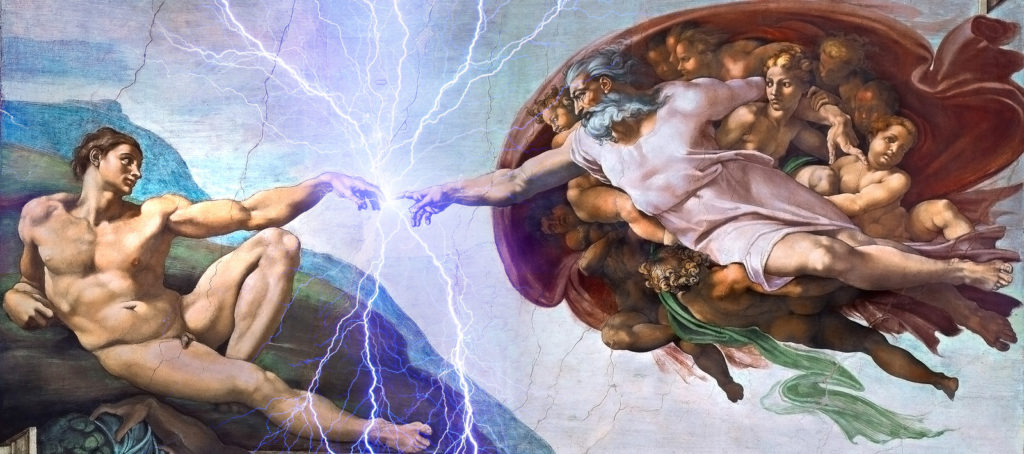IDENTIFICATION OF TYPICAL GDV-PICTURES OF FINGERS ON THE BASIS OF ANALYSIS OF THEIR FRACTAL DINAMICS
K.G. Korotkov, R.I. Polonnikov
Saint Petersburg Institute of Fine Mechanics and Optics, Saint Petersburg Institute of Informatics and Automation of the Academy of Sciences of Russia.
A new method of analysis of fractal dynamics, which realizes conversion and compression of the data obtained with the help of “GDV-Camera” firmware complex, is studied. The techniques of picture typification and classification are developed on which basis the converted and compressed data are subject to a discriminant analysis. System MathCad operators’ notation is used in the work mainly.
Introduction
It is well known [1,2] that electrical self-activity of the organism generated by complex nonlinear and nonequilibrium dynamic systems are fractal by its nature, i.e. possessing the scale invariance property. The same nature have the processes of induced electrical activity and, in particular, the processes which enable the GDV-images of fingers. The fractal structures of this kind processes may be investigated in different ways. May be studied Statical Images, i.e. the resulting picture of Gas Discharge Visualization as a photograph or a television shot. However, another way may be used – “dynamic” investigation, i.e. examination of “genesis” of the same image, by means of fragmentation of this shot into a number of lines-ovals (pic.1) enclosed one into another, and investigation of an energy component of each discrete value of the corresponding oval (its brightness) and, what is especially important, analysis of its information component, a certain length of radius-vector crossing some discrete values (pic.2). Here the length is the number of illuminated pixels – image elements, crossed by the radius-vector, drawn at a fixed angle to a chosen oval [3]. The length defined in such a way would depend upon the angle of radius-vector, drawn from a fixed image center. This line-oval image dissector gives an opportunity to examine dynamics of the process of image formation in time and space. We used the decomposition of GDV-image into 8 lines-ovals, each of which was also digitized according to 0,35156 0 degree of rotation of radius-vector. As a result, two vectors F1<j> and F2<j>, sized 1024 x 1 each, are formed for each of the ovals. At that, F1 – characterizes the energy component, and F2 – the information component, j – is the number of oval evaluated within the limits 0…7 (j Î 0,1,..7). Using the operation of columns connection, the two data matrixes F1 and F2, sized 1024 x 8 each, containing the information about the GDV-image, may be created. These data will be converted and compressed according to the method of fractal dynamics analysis.
The method of analysis of fractal dynamics.
This method was developed for the EEG analysis [4] and later applied for the analyze of the GDV-images of fingers [5]. The core of the method is the investigation of the dynamic power spectra of the initial process’s fragments. For the purpose of their description the two-parameter mathematical models are constructed, where one of the parameters is the energetic, and the other – informational. The estimation of the parameters on the basis of nonlinear regression is constructed and the dynamics of their change from one fragment to the other is monitored. These changes are evaluated by means of singular decomposition of the corresponding matrixes. The final result of these conversions and estimates may be compactly presented in terms of a certain resulting vector sized 6 x 1. The two vectors of this kind are formed as a result of F1 and F2 matrixes conversion and compression respectively.
Full text PDF: POLONN_E
See also Korotkov’s Images


I like the helpful information you supply to your articles.
I will bookmark your blog and take a look at again right here regularly.
I am rather sure I will learn lots of new stuff proper here!
Good luck for the next!